When we think of wild cats, our minds often jump to majestic tigers or swift leopards. However, the world of small wild cats is equally captivating, offering a peek into nature’s diverse artistry. These lesser-known feline wonders are not just miniature versions of their larger cousins but display unique characteristics and behaviors that make them fascinating subjects of study.
The Rusty-Spotted Cat: The Smallest of Them All
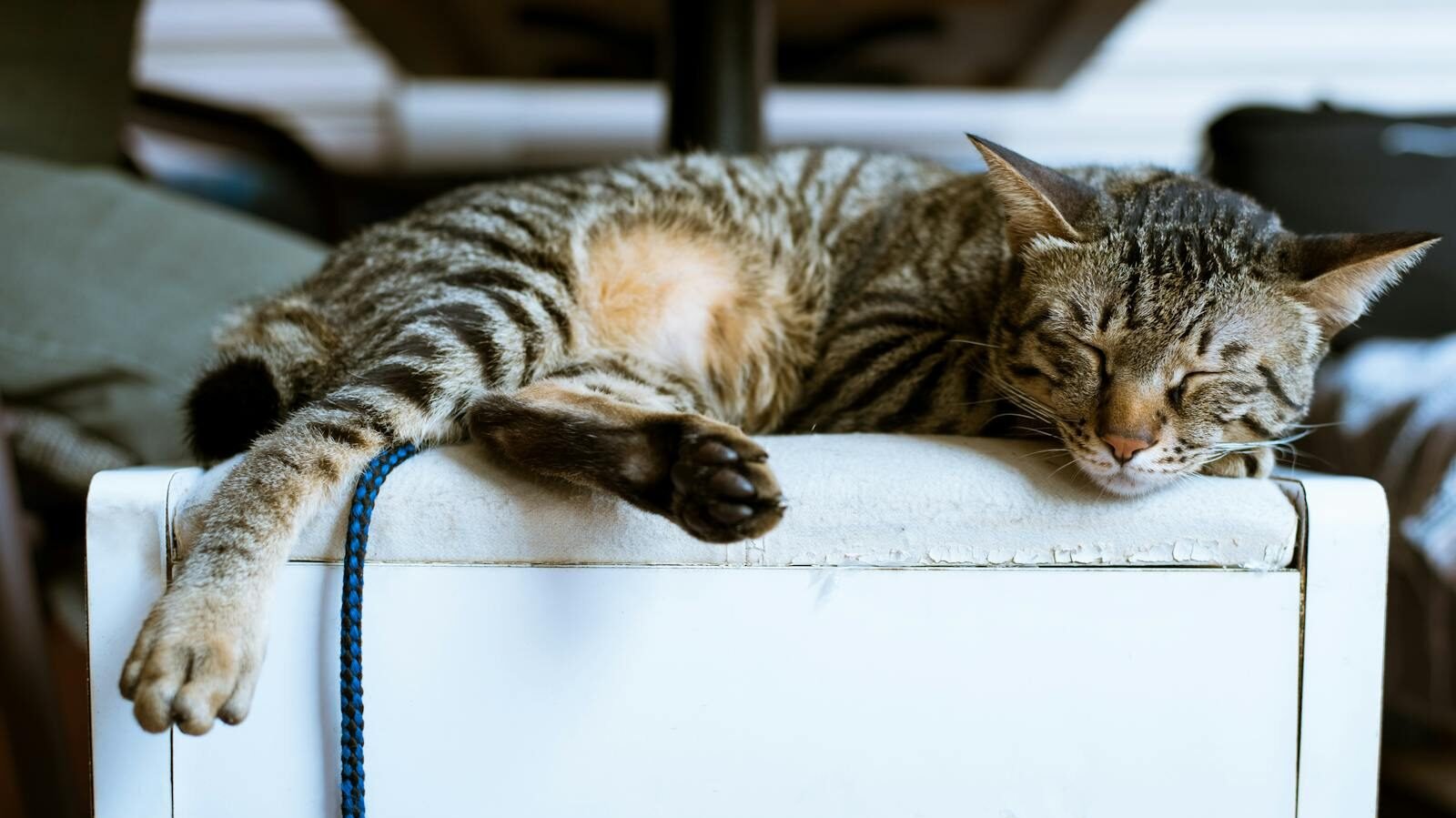
The rusty-spotted cat holds the title for the smallest wild cat species, weighing just 2-3.5 pounds. Found in India and Sri Lanka, this tiny feline is only around 14 to 19 inches long, not including its tail. Its coat is a blend of rusty-brown spots and is perfectly camouflaged for life in forests and grasslands. Despite its size, this cat is a fierce predator, adept at hunting rodents and birds.
Margay: The Agile Acrobat
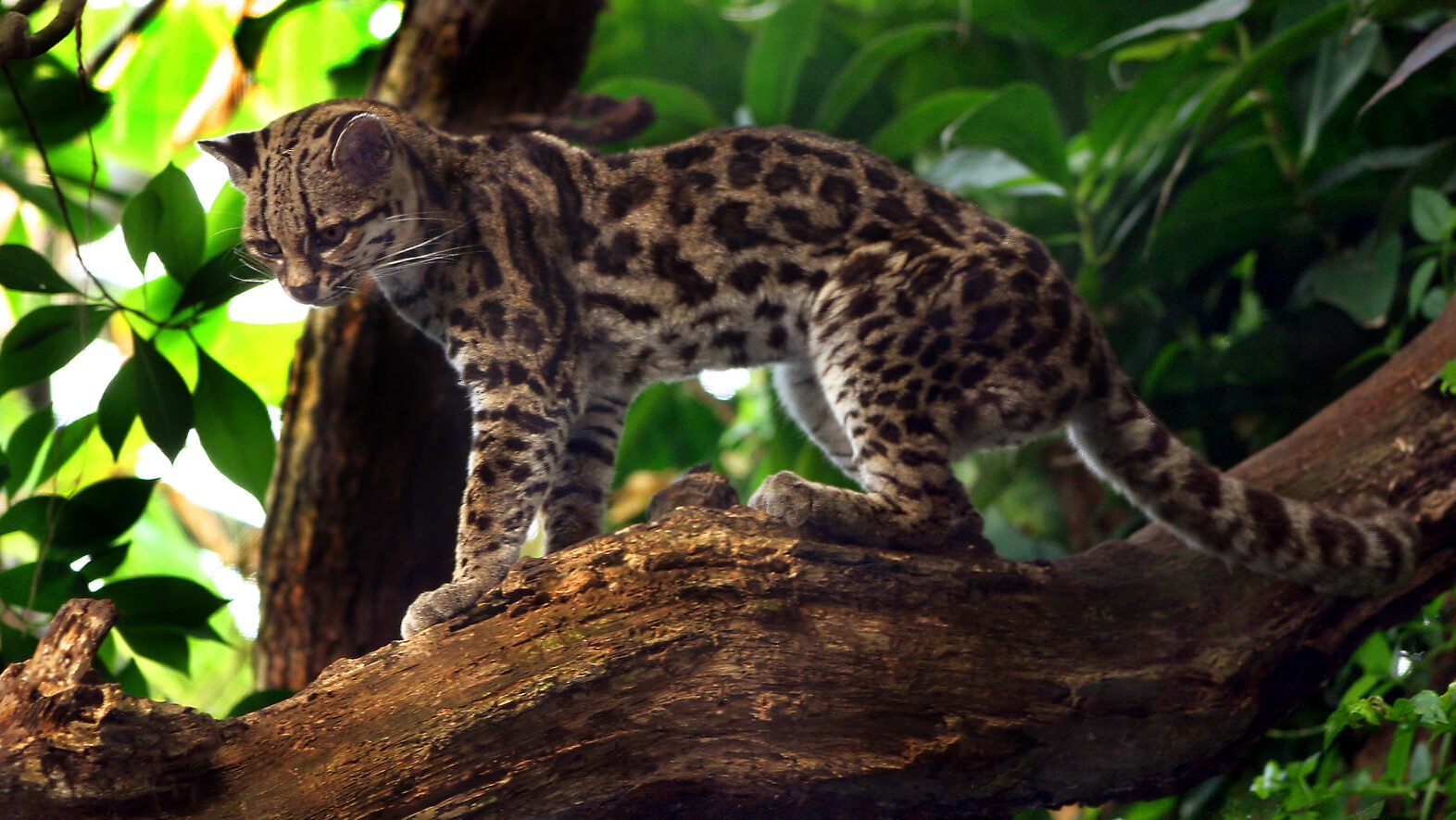
Often referred to as the “monkey cat” for its impressive arboreal skills, the margay is a nocturnal hunter found in Central and South America. Its ability to rotate its ankles 180 degrees allows it to climb headfirst down trees, a unique trait among cats. With large eyes for night vision and a spotted coat for camouflage, margays are perfectly equipped for life in the dense jungle canopy.
Sand Cat: Master of Desert Survival
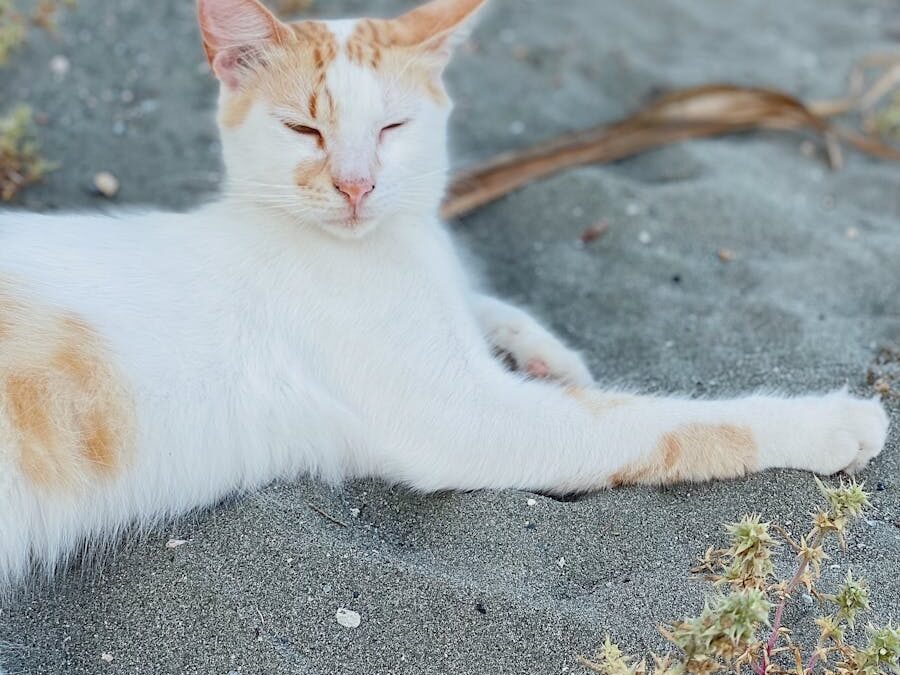
The sand cat thrives in the harsh environments of the Sahara Desert, Central Asia, and the Arabian Peninsula. With thick fur covering its paws, it can walk on hot sand without discomfort. Its pale, sandy coat provides excellent camouflage against the desert landscape. This resilient cat can survive without water for months, obtaining hydration from its prey instead.
Pallas’s Cat: The Fluffy Phantom
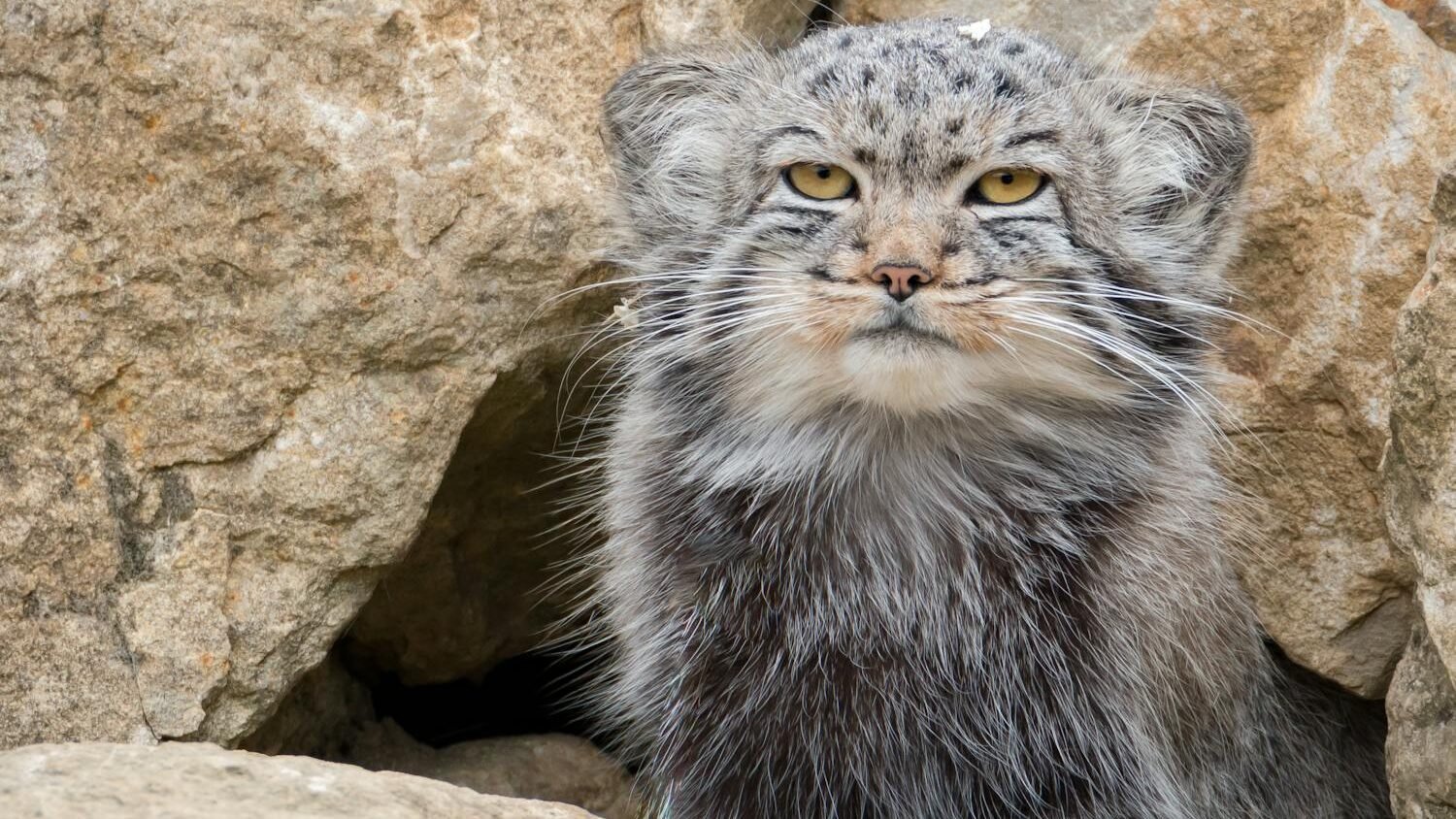
Pallas’s cat, also known as the manul, is native to the Central Asian steppes. Its dense, long fur and distinct facial structure give it a unique, almost cartoonish appearance. Despite its fluffy coat, Pallas’s cat is a solitary creature, adapted to high-altitude environments. Its round pupils, unlike the slits in most cats, are adapted for hunting in open terrain at dawn and dusk.
Black-Footed Cat: The Fierce Hunter
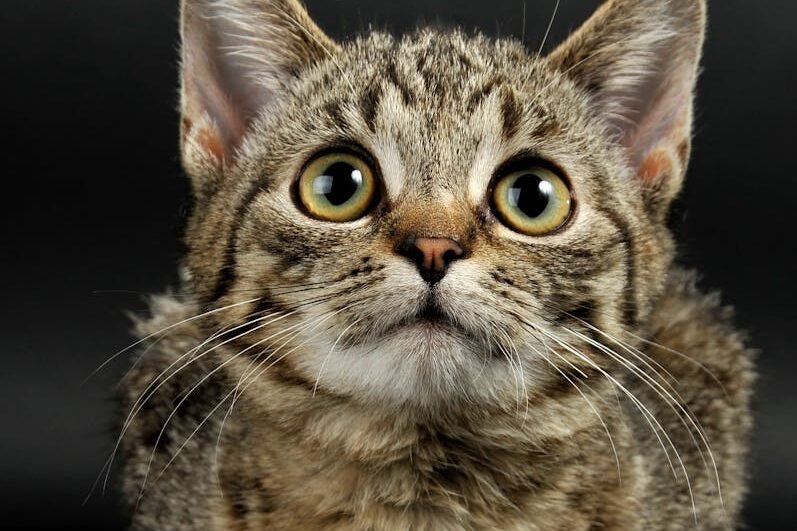
Found in the arid regions of southern Africa, the black-footed cat is one of the smallest yet deadliest cats in the wild, boasting the highest hunting success rate of any feline. Weighing 3-5 pounds, it preys on small creatures such as birds and rodents, often catching 10-14 prey items in a single night. Its stealth and precision make it an apex predator in its environment.
Fishing Cat: The Aquatic Predator
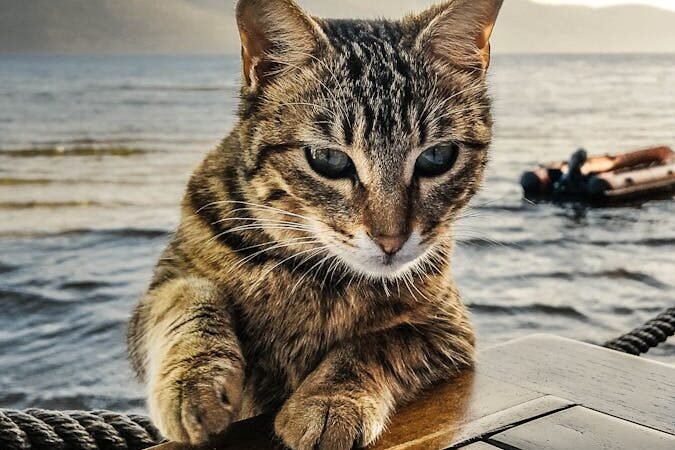
Unlike most cats, the fishing cat is fond of water and is an excellent swimmer. This medium-sized cat is adept at fishing, with partially webbed paws that make it an efficient hunter of fish and other aquatic creatures. Found in South and Southeast Asia’s wetlands, it faces significant threats due to habitat loss and pollution, underscoring the importance of conservation efforts.
Why Understanding Small Wild Cats Matters
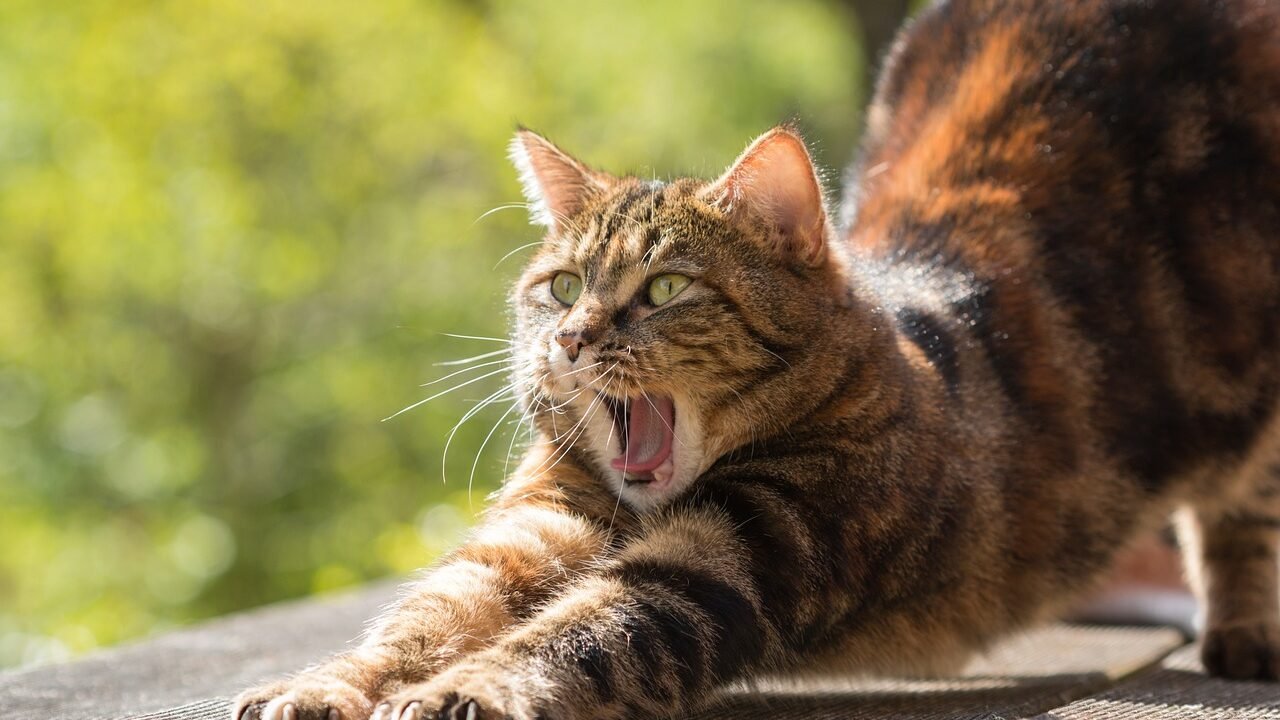
Small wild cats play a crucial role in their ecosystems as both predators and prey. They help regulate populations of smaller animals, contributing to ecological balance. Studying these cats also enhances our understanding of biodiversity, adaptations, and the impacts of environmental changes.
Conservation Concerns: Small Cats in Peril
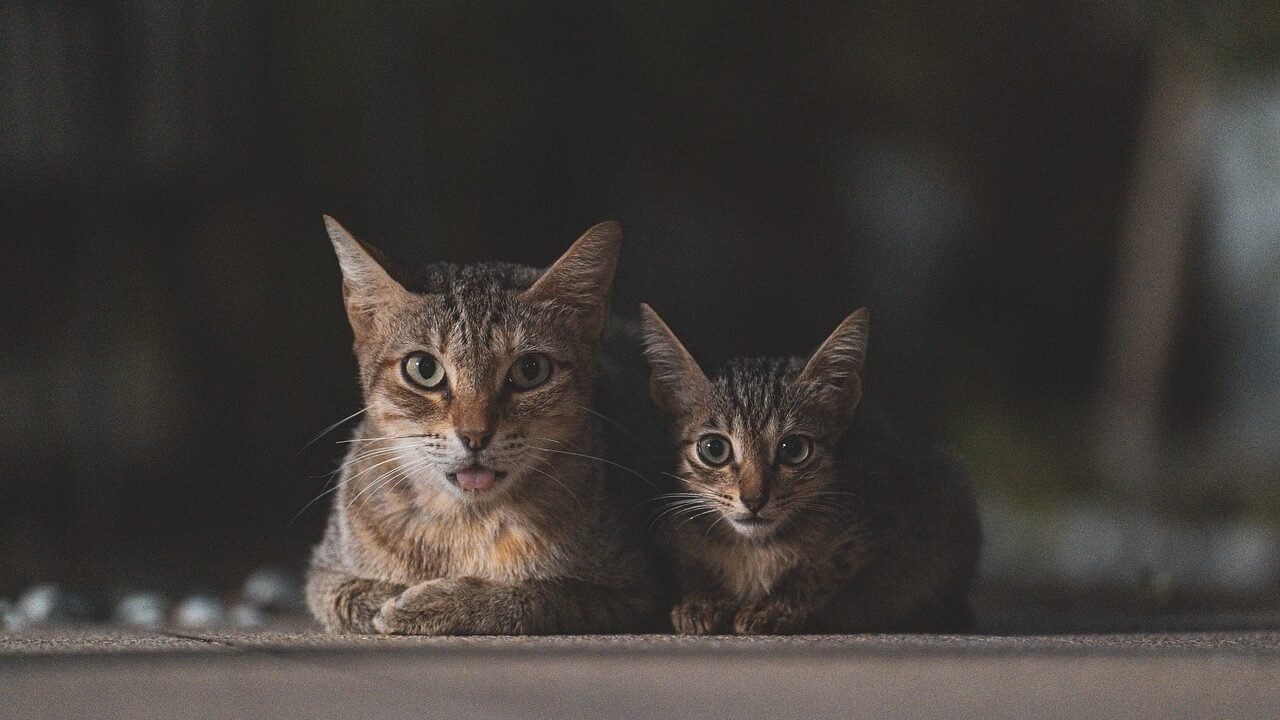
Many small wild cat species face threats from habitat destruction, poaching, and climate change. Conservation efforts are vital to protect these elusive creatures. Organizations worldwide are working to preserve habitats and raise awareness about these lesser-known species, ensuring they continue to thrive in the wild.
The Fascination of Small Cats in Popular Culture
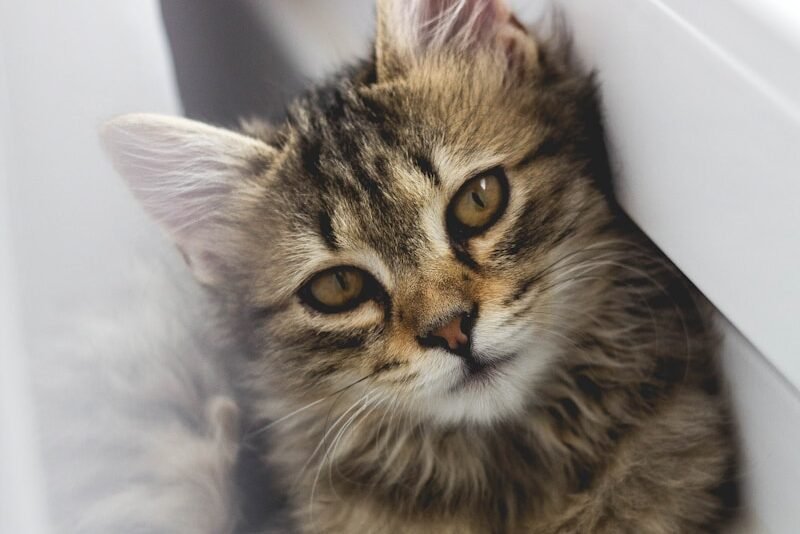
Though less famous than their larger counterparts, small wild cats have captured the imaginations of many. Documentaries and social media platforms have brought these cats into the spotlight, showcasing their beauty and unique behaviors, and promoting interest in their conservation.
Conclusion: Celebrating the Diversity of Felidae
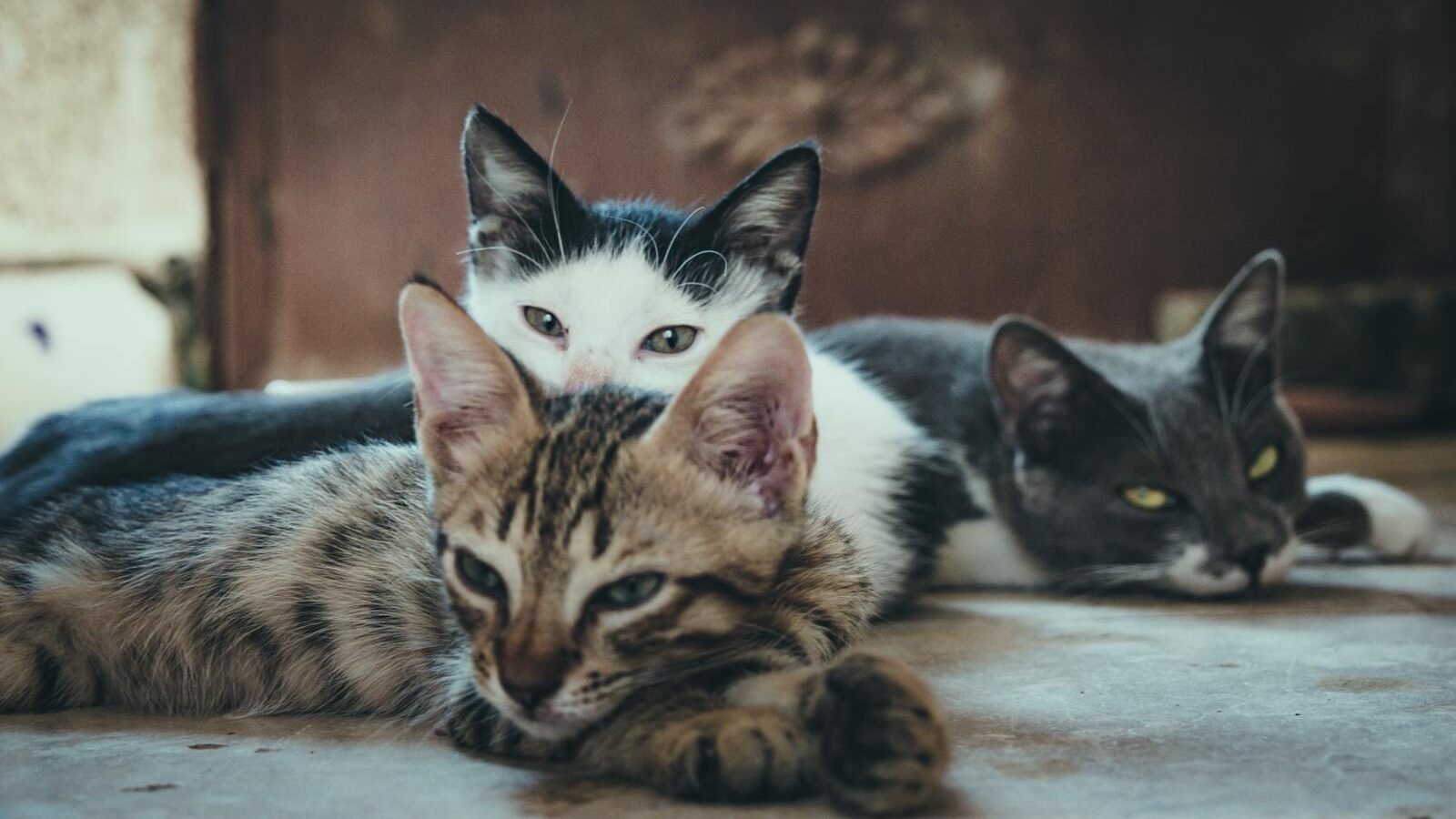
The small wild cats remind us of the incredible diversity within the Felidae family. Each species, with its distinct traits and survival strategies, enriches our understanding of the natural world. By learning about and protecting these animals, we honor the intricate web of life that sustains our planet.
Exploring the world of these small felines unveils a hidden tapestry of life, urging us to look beyond the obvious and appreciate the subtle wonders surrounding us.

With over a decade of experience as a dedicated cat lover and enthusiast, I specialize in writing captivating content about all things feline. My expertise shines through in creating engaging and informative pieces that resonate with fellow cat lovers. As a proud cat parent to my beloved Duston, my personal connection to the world of cats adds authenticity and warmth to my work, making it relatable and heartfelt.






